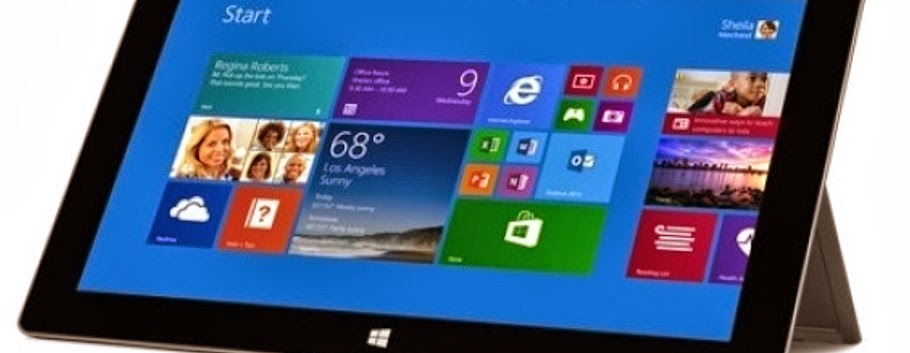I had a lot of fun unlocking the phone over and over again. Who knew biometric authentication could be such a blast?
The fingerprint sensor alone is worth the extra $100 you'll pay for the iPhone 5s over an iPhone 5c. Both phones will come out Friday. In the week I've had with both, I've also been impressed with the better camera and slow-motion video in the 5s.
The 5c, meanwhile, is largely last year's iPhone 5 with a plastic casing instead of aluminum and glass. This isn't cheap plastic, but a type offering the slippery feel of a shiny ceramic tile. It comes in five colors.
Both phones come with iOS 7, the most radical change to Apple's operating system software for mobile devices since its 2007 debut. Many of the changes are cosmetic, but there are functional improvements such as easier access to frequently used settings and apps.
I will review iOS 7 separately. Many existing iPhone users won't need more than the free update, which is available starting Wednesday. Neither the 5c nor the 5s offers improvements on the screen size, which remains at 4 inches (10 centimeters) diagonally. But new features and new colors may draw you to one of these new iPhones.
iPhone 5s (available in silver, gold or gray; starts at $199 with two-year service contract, or $649 without a contract)
When you set up the 5s, you're asked to tap the home button with a finger several times so the phone can create a mathematical representation of your print. To unlock the phone, you simply tap the home button, and the phone will compare the two taps. You can tap from any angle, even sideways or upside down. This fingerprint ID also works as a way to authenticate the purchase of apps and content within apps.
For security reasons, there are still times you'll need your four-digit passcode, including after 48 hours of inactivity and before adding a new fingerprint. If the phone fails to recognize your print, you can always use the passcode. I had trouble only when my fingers were wet or greasy. One evening, I ordered pizza with an oily pepperoni topping and ate it without a napkin. The fingerprint sensor worked after one slice, but not two. Indian naan bread also threw off the sensor.
Apple says it stores the print data on your phone, in a place that's inaccessible to other apps or to Apple's remote servers. The company also says it's not possible to convert a fingerprint from a police file into something the phone will recognize, as the sensor reads a sub-epidermal layer of the finger. And the finger needs to be live - cutting off a thumb won't work.
I'm convinced Apple has given a lot of thought to security. If you're still uneasy about the fingerprint scan, you can stick with the passcode. The feature is optional.
Meanwhile, the 5S's camera takes better night and indoor shots. Although the main camera remains at 8 megapixels, individual pixels are larger and thus better at sensing light. The camera's shutter also opens wider to let in more light. For flash shots, the camera fires two bursts of light at once, each slightly different in color. The iPhone adjusts the combination of the two colors automatically to match ambient lighting.
I typically avoid using the flash in any camera because its strong burst of whitish light overpowers whatever's in the room. In a hallway with strong yellow light, for instance, the flashes on my high-end camera and the iPhone 5 made the walls white. The 5s, on the other hand, managed to preserve the yellow. I also got better skin tones on some flash shots taken with the 5s. Using the 5c, faces and arms looked more pale.
Night shots without the flash are also sharper. Sometimes, cameras overcompensate for low light by making the few points of light too bright. The 5s typically has those scenes properly balanced.
Of course, these improvements won't make all photos better. Many shots appear the same whether taken with the 5, the 5c or the 5s. In other shots, differences are subtle.
The 5s can also shoot slow motion video. You can choose the parts you want in slow motion and regular speed, and you can change your mind later. A burst mode lets you snap 100 shots in 10 seconds, compared with 40 seconds on the 5c. The phone picks out the best moments and filters out duplicates. The front-facing camera is better than the one on previous iPhones. It has larger pixels for low-light videoconferencing.
Many of these features are possible because of Apple's faster A7 processor. A companion chip, the M7, handles motion-related data without draining as much of the battery, something useful for fitness trackers. All this power is so new, apps taking advantage of them weren't available for me to test
iPhone5c (available in green, blue, yellow, pink or white; starts at $99 with two-year service contract, or $549 without a contract)
Plastic colors aside, the 5c is mostly the same as the iPhone 5 it replaces, with the older A6 chip and a main camera that's not as good in low light. Because the chip is slower, it couldn't do slow-motion video or take as many shots per second. But it does have the 5s's improved front-facing camera.
The 5c is for those who really want the bright color. If you can afford the additional $100 and can do with silver, gold or gray, get the 5s instead. The fingerprint sensor will make security less annoying, and the better camera will be more useful in documenting life. A hundred dollars isn't that much when you compare it with the full price of the phone.
















